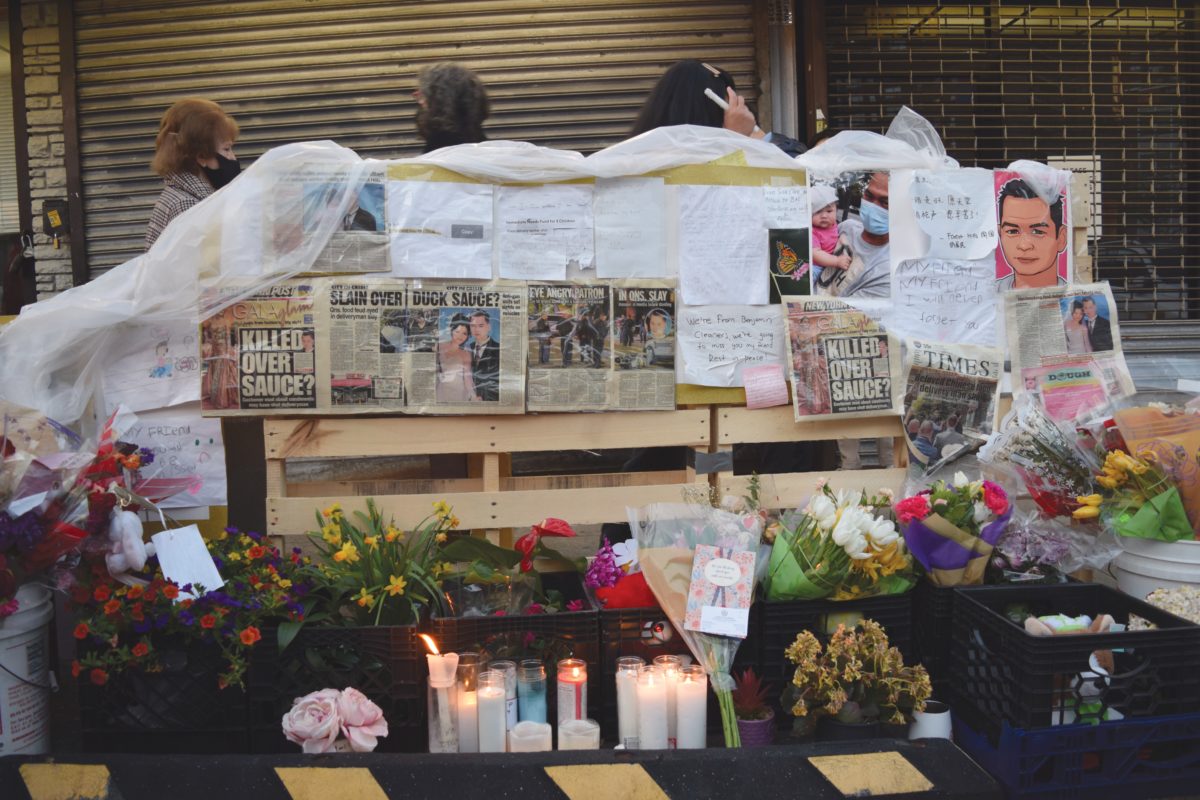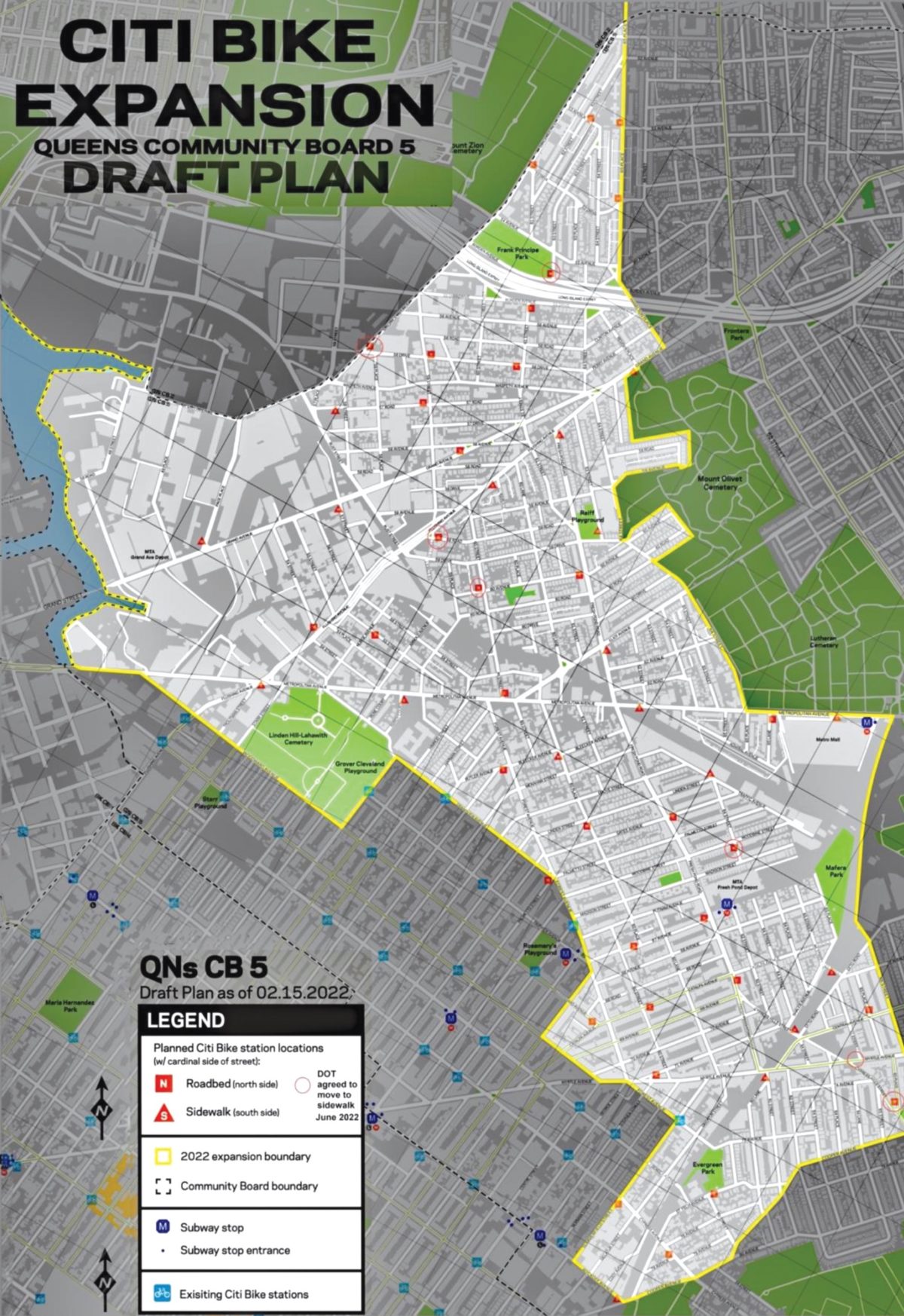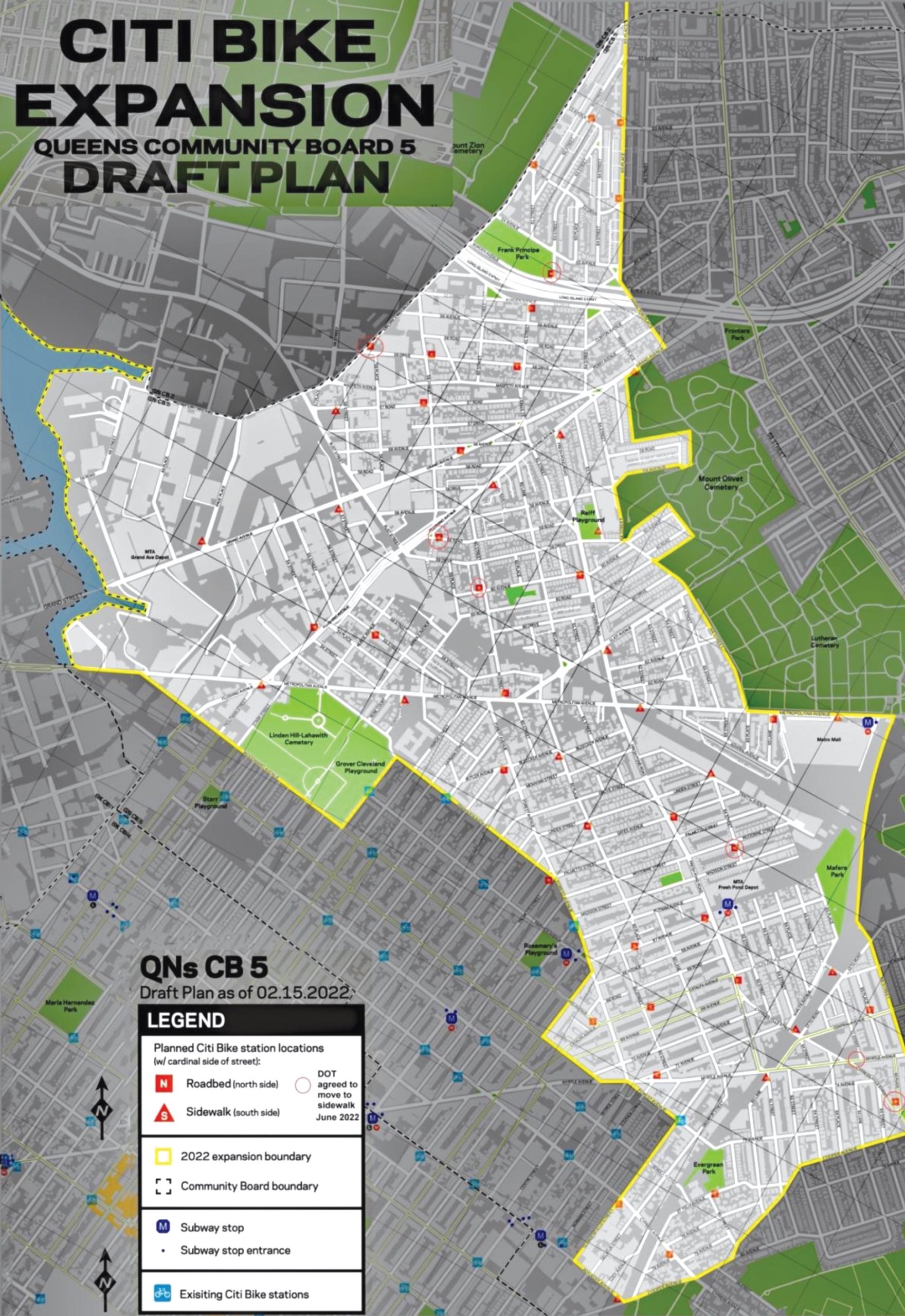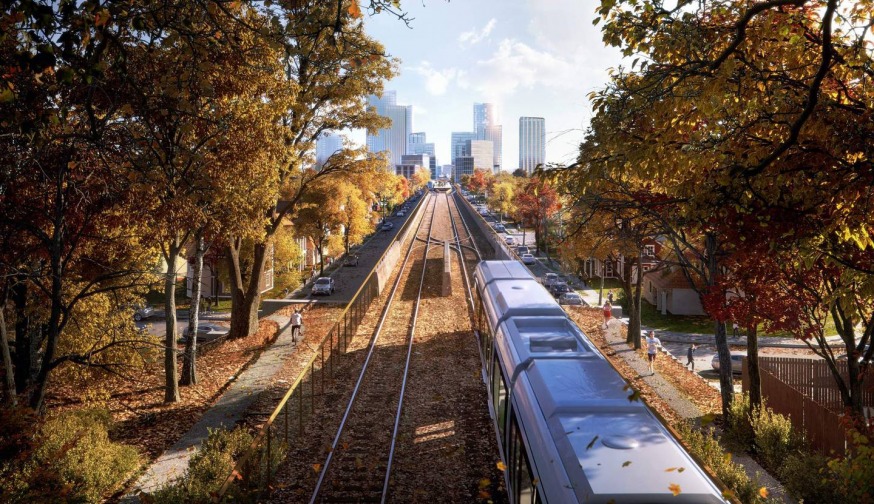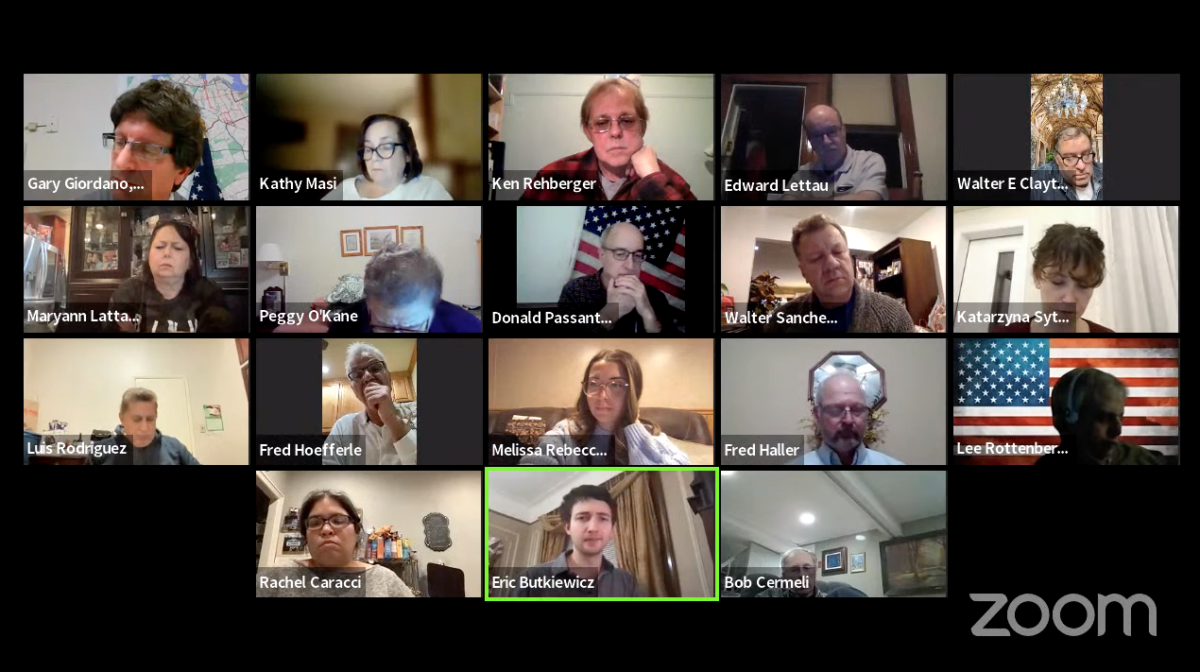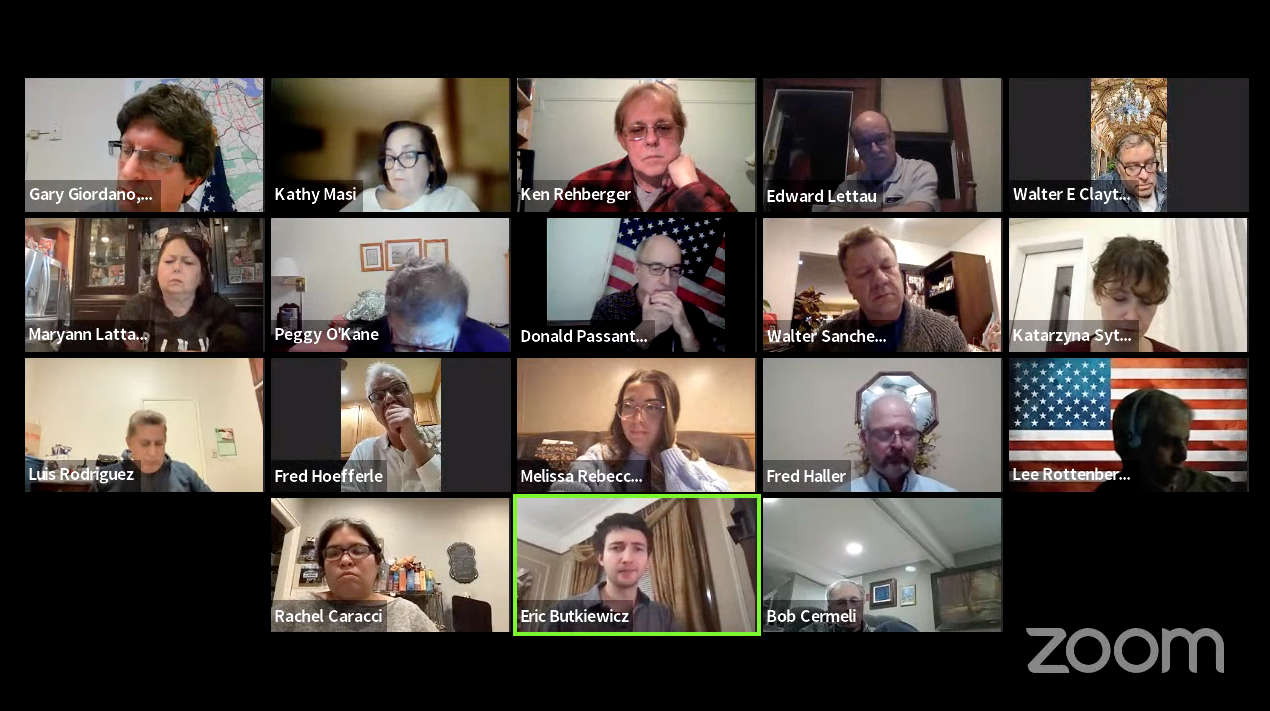Queens’ top news stories of 2022
By Jessica Meditz
jmeditz@queensledger.com
Given the events of the two years previous, 2022 was a year of opportunity for many.
It had its ups, but also its downs – and the borough of Queens was no exception.
The beginning of the year started with discussions of innovations in transportation, with Gov. Kathy Hochul’s announcement to move forward with the Interborough Express as part of her 2022 State of the State.
The proposed 24-mile Interborough Express would use existing tracks to connect 17 subway lines, four commuter rail lines and dozens of bus lines, with end-to-end travel time expected to be less than 40 minutes.
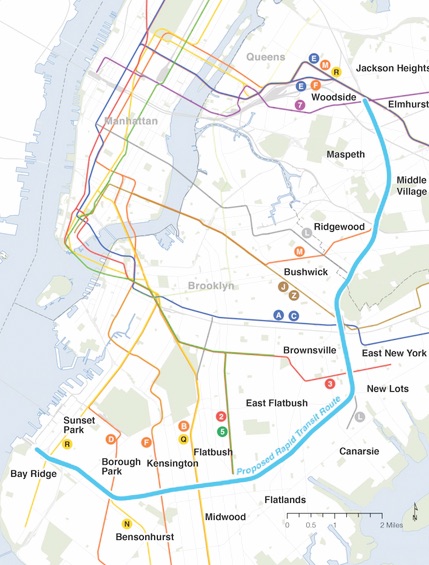
The year began with discussions of innovations in transportation, with Gov. Kathy Hochul’s announcement to move forward with the Interborough Express as part of her 2022 State of the State.
It would extend from Co-Op City in the Bronx to Bay Ridge in Brooklyn and could serve as many as 100,000 riders per day.
“It’s time to invest in the bold, cutting-edge infrastructure projects that will make a real difference in the lives of everyday New Yorkers,” Hochul said in a statement. “New Yorkers deserve reliable public transit that connects them from work to home and everywhere in between. The Interborough Express would be a transformational addition to Brooklyn and Queens, cutting down on travel time and helping neighborhoods and communities become cleaner, greener and more equitable.”
The conversation extended to more Queens residents advocating for the use of abandoned rail lines – such as the QNS plan, a proposal to reactivate and repurpose freight rail along the Lower Montauk Branch which runs through central Queens; and the QueensLink, a proposed 3.5-mile long transit and park corridor in the same space, which would connect northern and southern Queens.
The latter became a controversial issue in September, when Mayor Eric Adams came to Forest Hills to announce that the city plans to spend $35 million to begin phase one of construction for the QueensWay, a linear park along the 3.5 miles of abandoned railroad tracks, in place of the QueensLink.
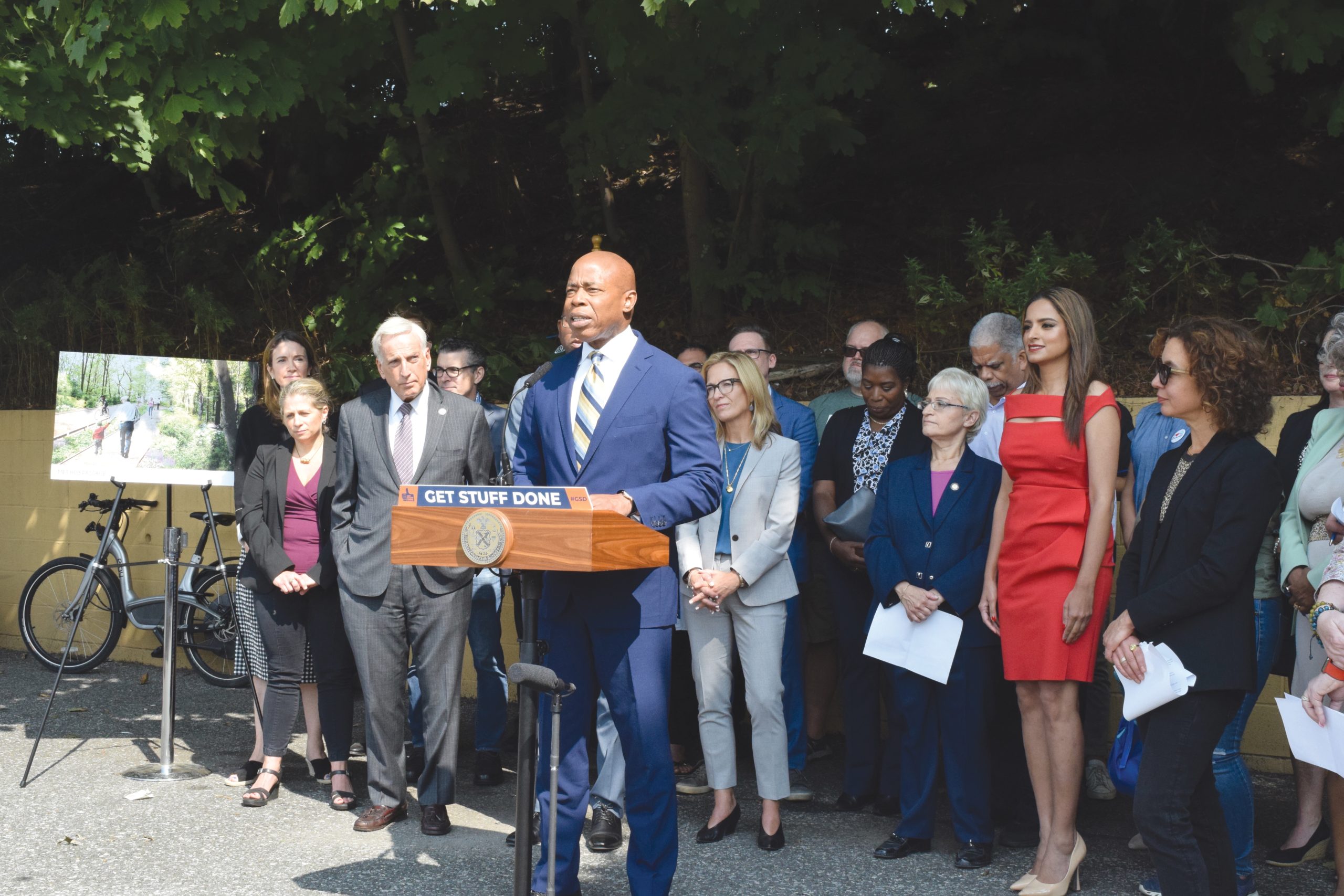
Eric Adams paid a visit to Forest Hills for the announcement.
Friends of the QueensLink argued that the implementation of the QueensWay would shut out any future use of transit on the line and deprive Southern Queens residents of a faster commute and less traffic while reducing pollution and carbon emissions.
“They’re talking about transit, but they’re not doing anything about it. So the key is, if you really do care about public transit, and it’s not just a campaign slogan, then you need to take it seriously and study the integration of a Transit Link, which would be a subway and a park,” Rick Horan, executive director of QueensLink, said.
“Our goal is to try to see if there’s enough value in this project to get it there. But the only way we can do that is to study it,” he continued. “So we’ve been promoting an Environmental Impact Statement for QueensLink, which includes rail entry.”
An advancement in transportation that came to fruition was the completion of the massive Kew Gardens Interchange project after what feels like forever – 12 years, four phases and $739 million later.
The Kew Gardens Interchange is the complex intersection of the Grand Central Parkway, the Van Wyck Expressway, the Jackie Robinson Parkway and Union Turnpike. Its reconstruction allows for faster travel, safer merging and exiting and more reliable connections for travelers to get to JFK Airport and other prime destinations.
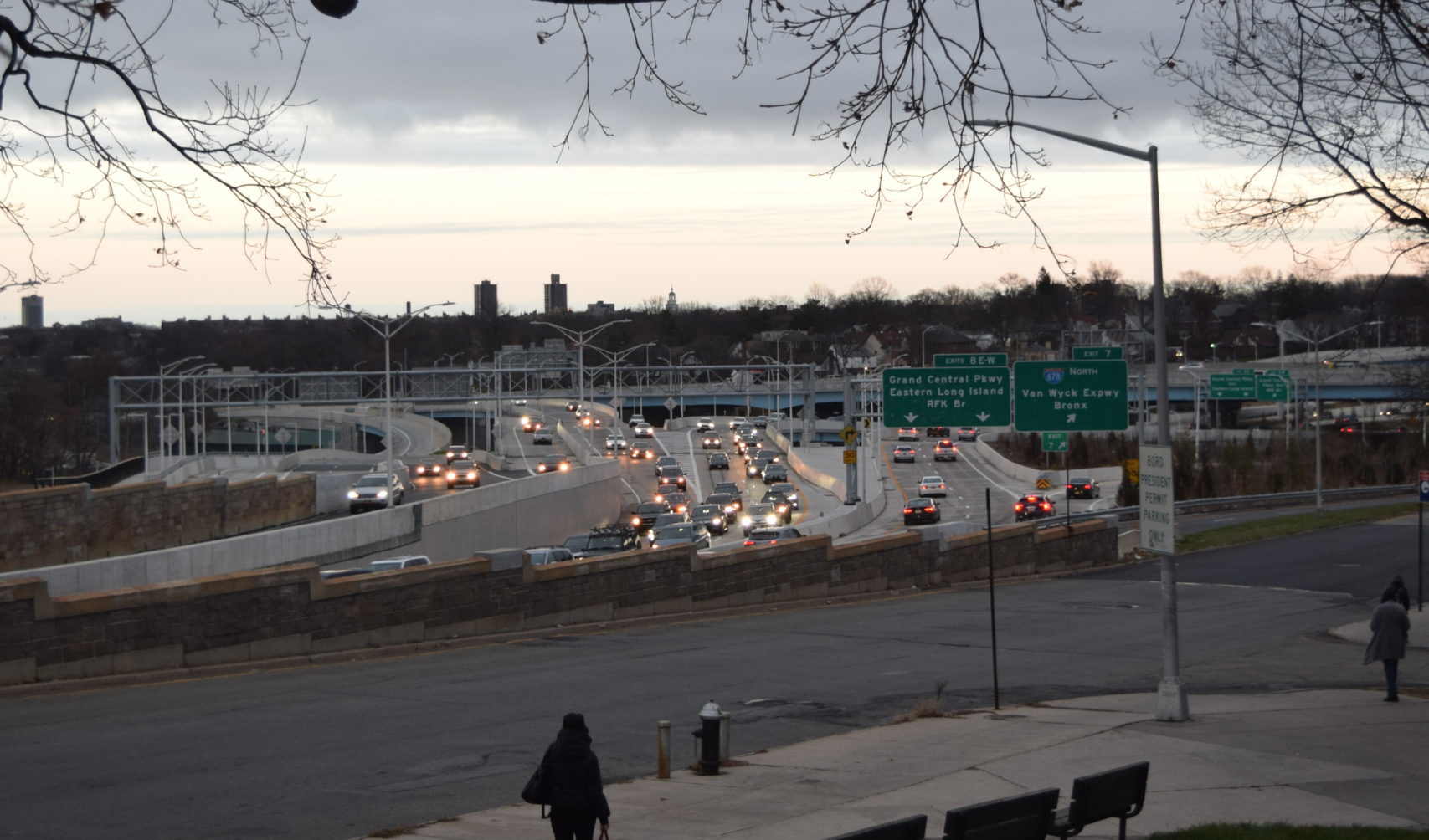
12 years, four phases and $739M later, the massive Kew Gardens Interchange project is complete.
The interchange serves nearly 600,000 vehicles daily.
Within the political sphere, the gubernatorial election between Democrat Kathy Hochul and Republican Lee Zeldin was a hot button issue statewide, but also in Queens – with a rise in fears of crime and Zeldin’s tough-on-crime campaign approach.
While Hochul came out victorious, Zeldin’s visit to Glendale and another to Middle Village resonated with many locals.
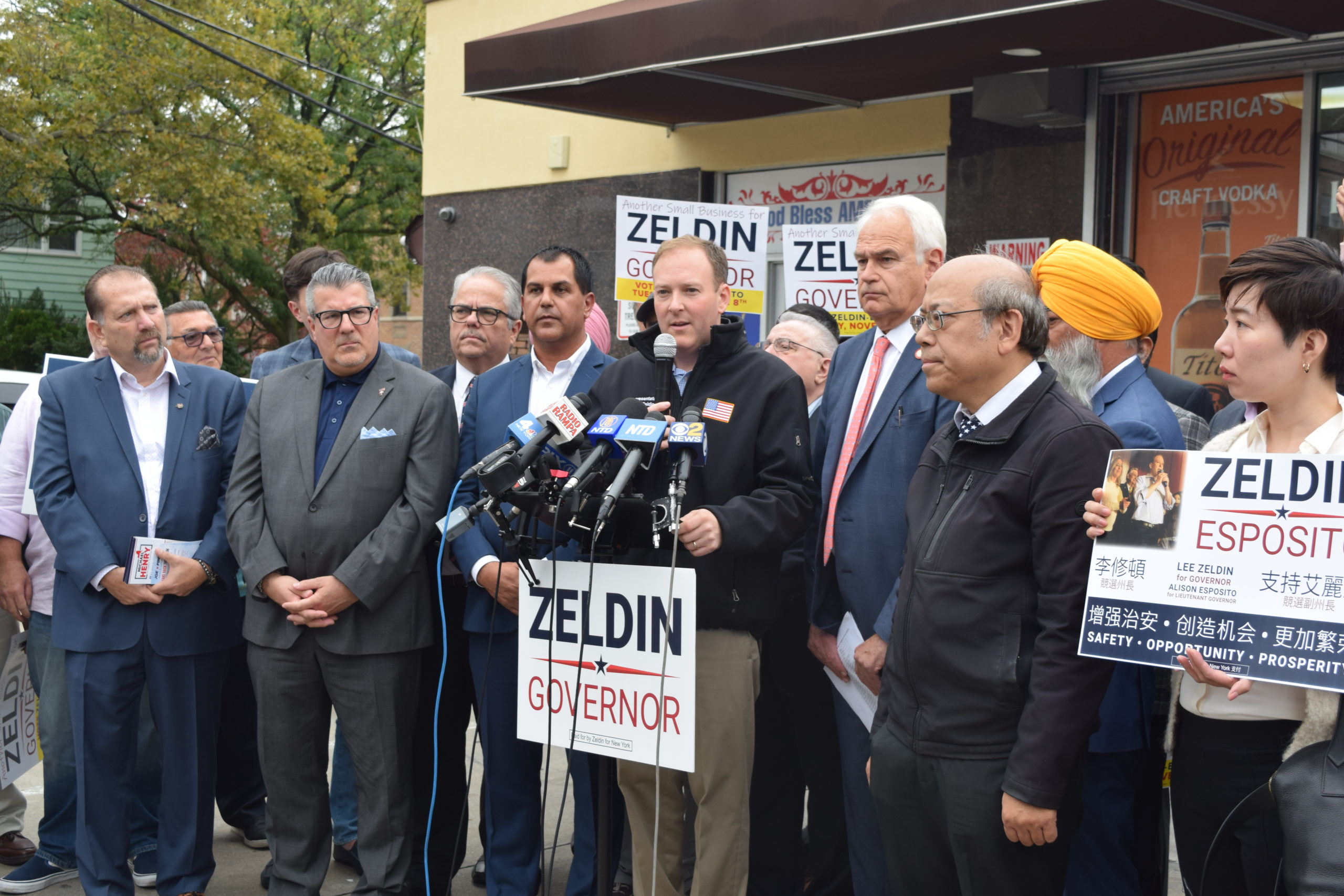
Lee Zeldin paid a visit to Glendale during his run for Governor.
Even neighborhoods that were once considered “more tame” by residents, such as Forest Hills, were the setting for true crime stories right here in Queens.
The spring for Forest Hills was particularly somber this year, following the grisly killings of two individuals: Orsolya Gaal and Zhiwen Yan.
Gaal, a 51-year-old mother of two from Forest Hills, whose body was discovered in a sports duffel bag near Forest Park in April.

David Bonola was sentenced to 25 years in prison following the murder of Orsolya Gaal.
Forty-four-year-old David Bonola of South Richmond Hill was sentenced to 25 years in prison for the slaying, and police say the pair had an on-and-off romantic affair for two years while Bonola worked at her home on Juno Street as a handyman.
The community came together to mourn the life of Zhiwen Yan, a food delivery worker who worked at Great Wall Chinese Restaurant in Forest Hills and resided in Middle Village with his wife and three children.
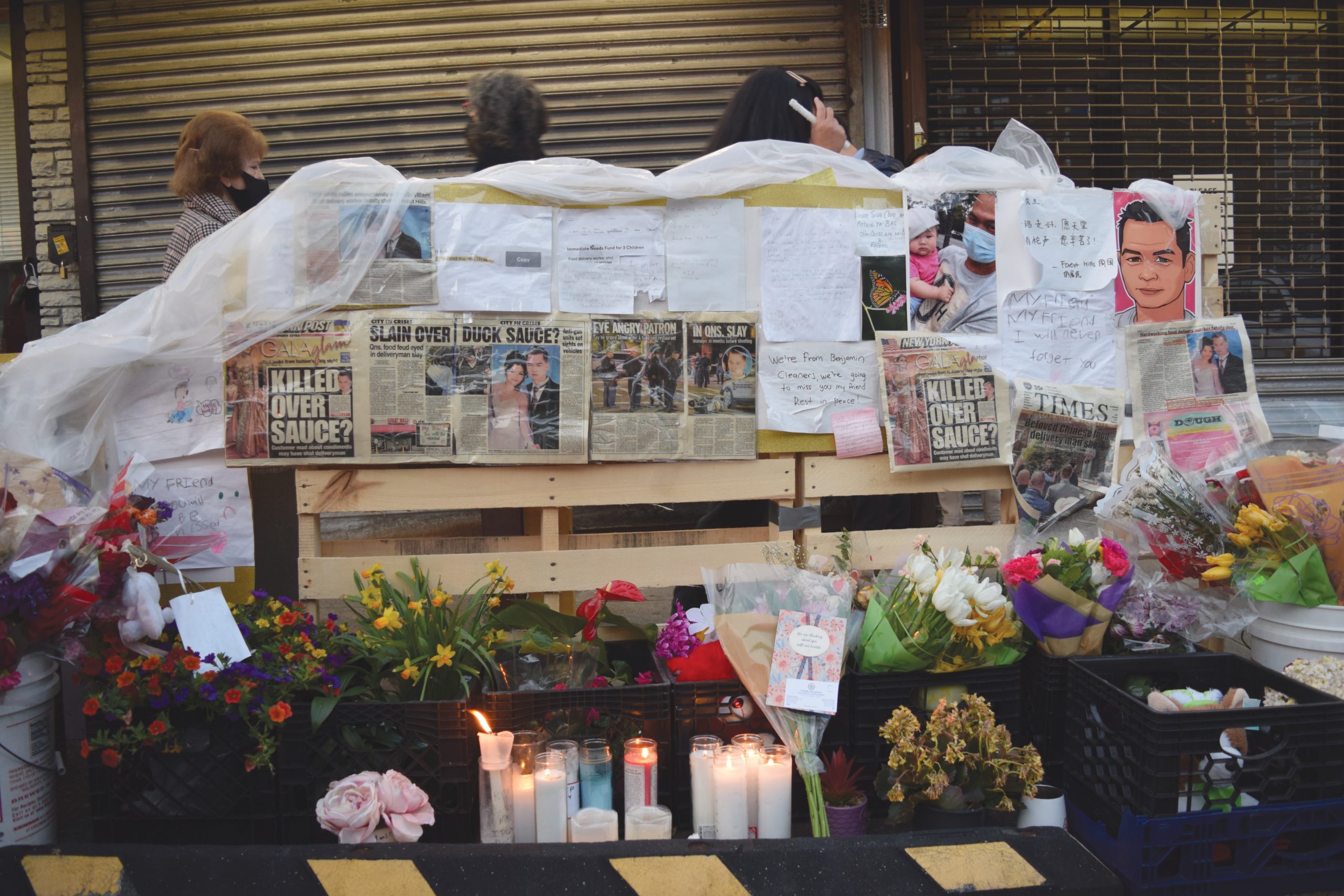
The community showed much support for Zhiwen Yan’s family during their time of grief.
Yan, 45, was fatally shot on the night of April 30 while riding his scooter on his way to deliver food in Forest Hills.
Glen Hirsch, 51, of Briarwood was charged for the killing, but eventually got out on bail and then committed suicide before he could do his time.
The murder of 61-year-old FDNY EMS worker, Alison Russo-Elling, in Astoria shocked the entire city.
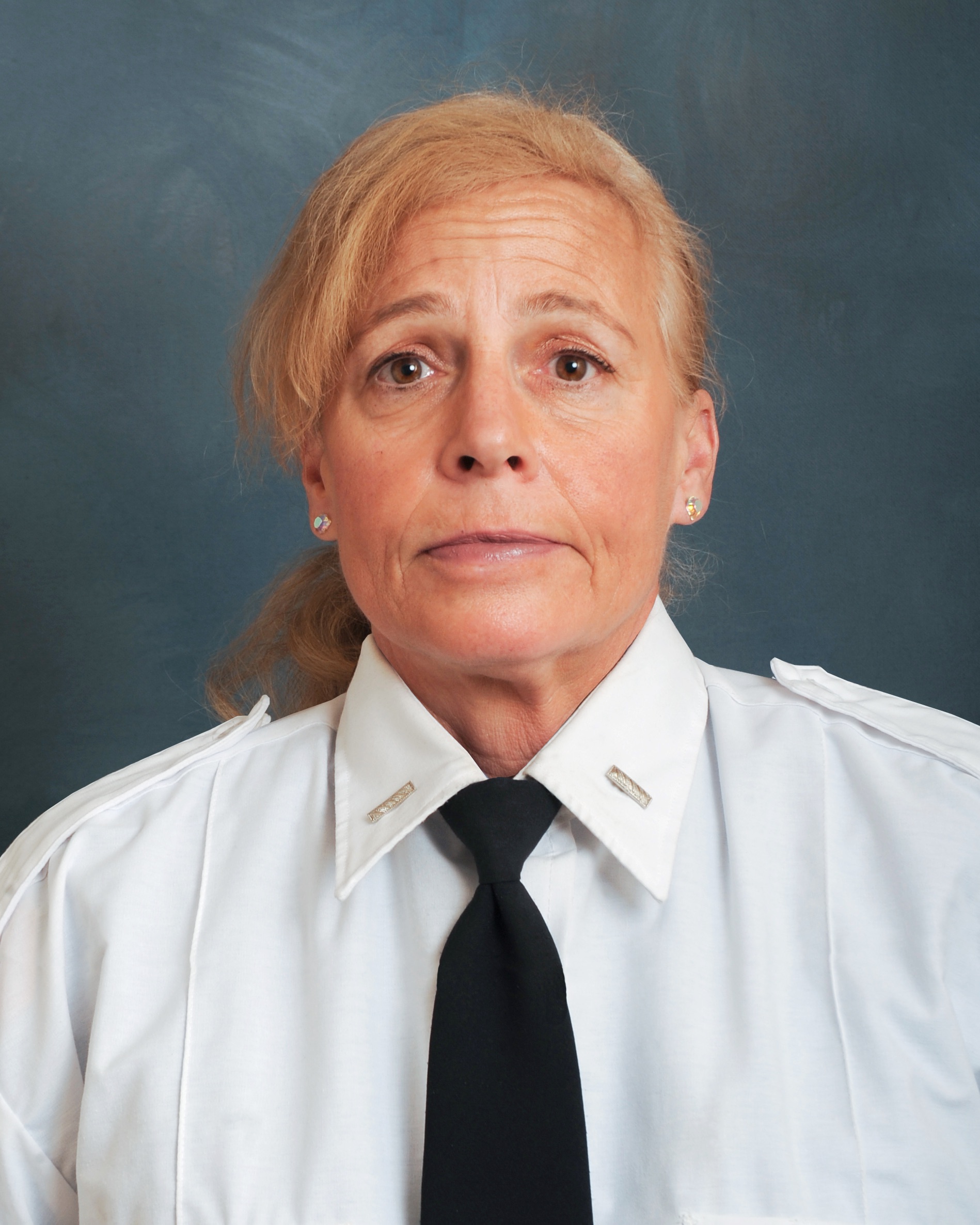
The murder of Alison Russo-Elling left Queens in a state of shock.
The 25-year veteran of the FDNY, who responded to the 9/11 attacks in 2001, was brutally stabbed in September near EMS Station 49 in an unprovoked attack.
Peter Zisopoulos, 34, was charged with murder in the second degree and criminal possession of a weapon in the fourth degree, according to Queens District Attorney Melinda Katz.
In terms of Astoria news, Innovation QNS – a project that seeks to rezone five city blocks to build a mixed use residential and commercial district in the neighborhood – was definitely the most talked about issue.
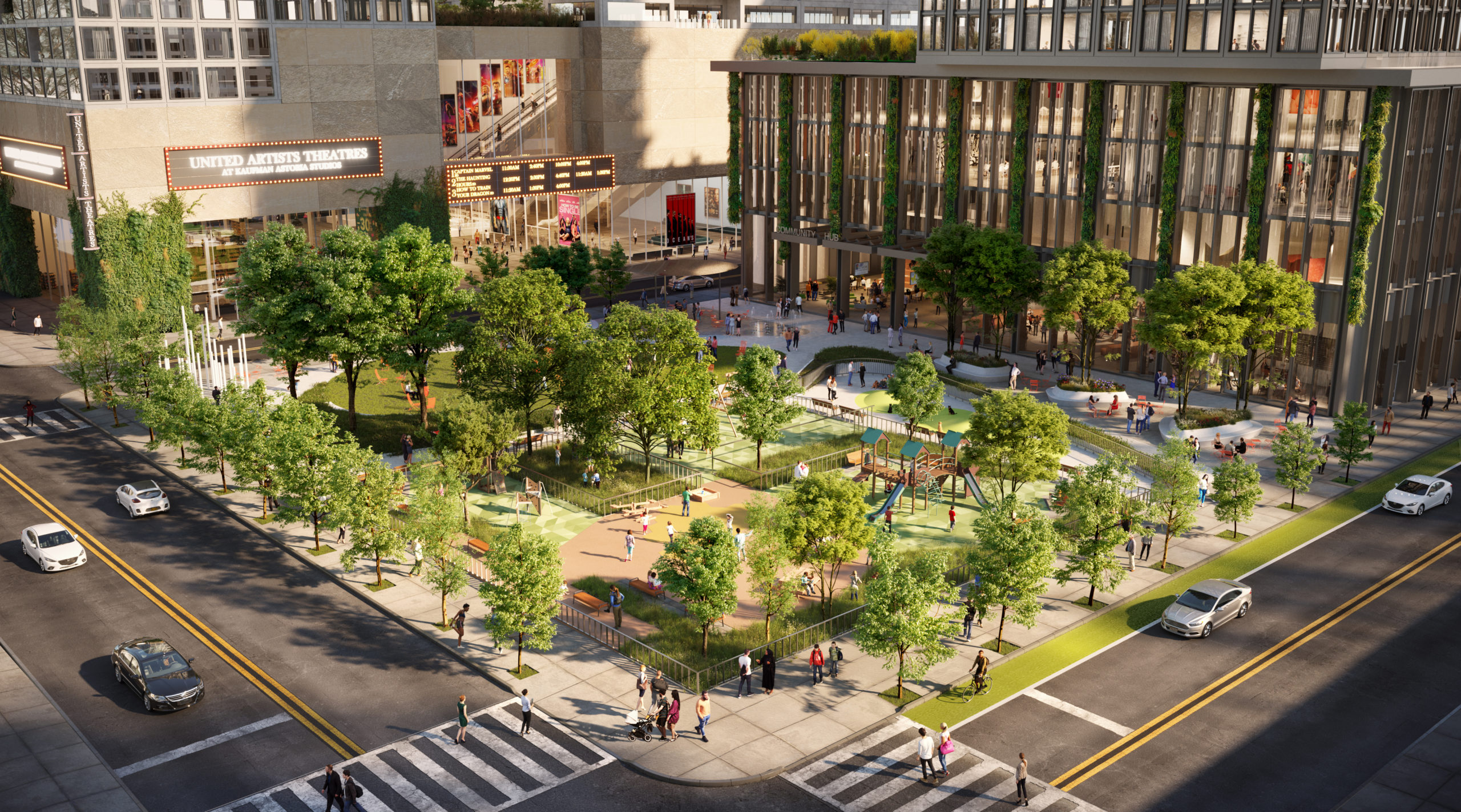
Rendering via Innovation QNS.
The project quickly became a controversial topic among residents, as concerns about displacement, lack of affordable housing, gentrification and not enough community outreach arose.
Councilwoman Julie Won, who represents that section of the district, pushed for 55 percent affordability for the 3,190-unit project recently, but indicated her support for the project at 45 percent affordability after negotiations with developers.
The project was ultimately passed by the City Council in November, with 46 votes in favor and one against. Its plan now features 1,436 affordable units – more than double the 711 units originally approved by the City Planning Commission.
“From Day 1, I have stood with my community in demanding deeper affordability from this development–and because we held the line, the Innovation QNS project has doubled the number of affordable units than initially offered, from 711 to 1,436 affordable units,” Won said in a statement.
More recently, locals clamored at the announcement of a new 25,000-seat soccer stadium for the New York City Football Club – slated to open in Willets Point in 2027.
The plan – spearheaded by Councilman Francisco Moya – includes 2,500 affordable homes (with no market rate components), a 650-seat school and a 250-room hotel.
Mayor Adams’ office projects that the development will bring in $6.1 billion in revenue over the next 30 years, as well as over 14,000 construction jobs and 1,550 permanent ones.

